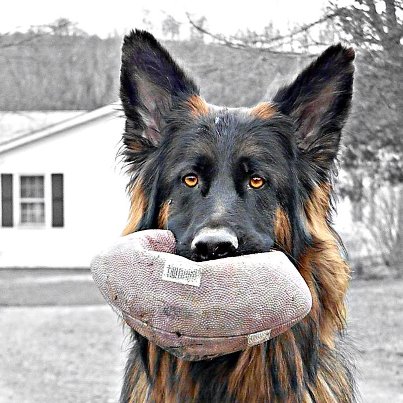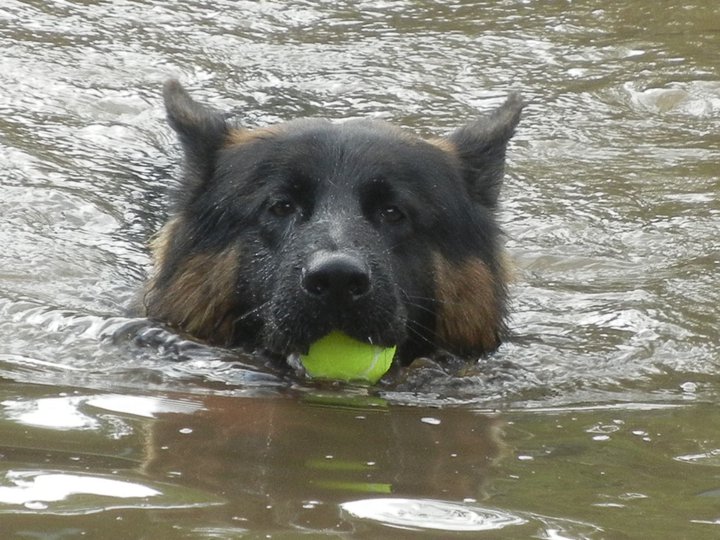Free Feeding: Bad Idea for Your German Shepherd Puppy
When and how to feed their German Shepherd puppy is a question that many new owners have. Answering every element of that question takes time and the answer may vary from dog to dog, but the one thing that applies to any dog, but especially to a large – or soon to be large – dog like a black and red German Shepherd is that ‘free feeding’ should never be an option.
‘Free feeding’ is a term that refers to the practice of leaving food out for an animal at all times, even if it is ‘just’ a harmless bowl of kibble to ensure, in the owner’s mind, that their canine companion never goes hungry especially if no one is home. It is an easy way of doing things for the owner, just top off the bowl before they head to work and Puppy should be fine all day. It is less of a good thing for the German Shepherd puppy though, and in fact it can be a very bad thing.
Try thinking of it in terms of your children. Would you leave them all day with open access to all the food they want? No, of course you would not. Meal times are set and only the occasional snack is allowed. It’s all a part of good discipline and teaching healthy eating practices.
So why should it be any different for a ‘fur kid’? As they are highly intelligent, German Shepherds can get bored rather easily and like humans if the food is there they will eat it, not necessarily because they are hungry, but because they have nothing else to do. And just like a human, if the practice continues the dog will become overweight and sluggish.
Even if your pup does not gain excess weight there are other reasons why free feeding should be ‘taken off the menu’. For example, one of the earliest signs of a number of serious ailments in dogs in general is a sudden loss of appetite. How are you ever going to notice such a thing though if several members of the household are in the habit of filling up the food bowl when it starts to look empty? Chances are that everyone will simply assume that someone else filled up the food when it is has actually gone untouched for some time and by the time everyone figures out that is not the case it may be too late.
Then there is the sanitary aspect of things. Would you leave your own food out all day, where it can easily also become a meal for flies and other flying critters who carry all kinds of bacteria with them? There are even tales of animals like raccoons learning to crawl their way through pet doors because they have discovered that there is a constant source of food waiting for them just behind it.
Finally there is the matter of discipline. If you want to integrate your German Shepherd into the family, the way that most owners do, then they need rules as much as all of the human members of the household do. Mealtimes should, as far as possible, be a set time affair for everyone, including the dog.


